|
José Xavier e José Seco Trabalhar um cruzeiro científico tem uma agenda muito diversificada: ir até à área de estudo, recolher informação nas várias estações de estudo (úteis para todos colegas do cruzeiro: por exemplo, uns colegas estão mais interessados na vertente acústica e compreender a abundância dos organismos usar sonares, outros colegas é imperativo recolher amostras dos animais para se estudar a fisiologia, biologia, ecologia...e no nosso caso, a presença e quantidade de contaminantes nesses animais. Nestes últimos dias, entre a “normal” ausência de bom tempo, tivemos obrigações primárias a fazer: ir buscar colegas que estavam em terra a trabalhar com os pinguins e os lobos marinhos. Primeiro fomos buscar Phil Trathan, cientista conhecido que trabalha com pinguins e que esteve os 2 últimos meses acampado junto a uma colónia de pinguins de Barbicha Pygoscelis antarctica na Ilha de Laurie (uma das Ilhas Orcadas). Quando o fomos buscar, ele estava com um sorriso gigante. O seu trabalho tinha corrido bem e estava contente de mais uma etapa terminada. Ele foi um dos meus supervisores de Doutoramento e foi bom reencontrá-lo novamente, e logo ali. Eu e o José fomos os sortudos a ter autorização para o ir buscar (e à Cat, a sua assistente), nos zodiacs. As condições não estavam inicialmente favoráveis para atracar na praia, e tivemos de esperar para que as ondas baixassem um pouco. Fomos a terra, mas passamos maior parte do tempo a transportar equipamento, contudo valeu muito a pena. Estivemos novamente a cm de pinguins barbicha e de lobos marinhos. Working in a research cruise has a wide number of issues to deal with in the cruise agenda: get to the research area, collect information from the research stations within it (useful to all colleagues: for example, some colleagues are more interested in the abundance and distribution patterns of marine organisms using acoustic techniques (e.g. sonar) whereas for other colleagues collecting samples of the animals is imperative so that it is possible to study their physiology, biology, ecology...and in our case, the amount of contaminants in these animals. In these last couple of days, between the “normal” absence of good weather, we had a very important task to do: to get our colleagues from various islands in the archipelago that have been working with penguins and seals. Firstly, we went to get Phil Trathan, a well known scientist that works with penguins that spent the last two months at a colony of chinstrap penguins Pygoscelis antarctica at Laurie Island (part of South Orkneys). When we went ot pick him (and Kat, his brilliant field assistant) up, he was with a gigantic smile! His GPS tracking work went well and he was happy. He was one of my PhD supervisors, so it was really nice to see him again, under these circunstances. I and José were the lucky ones to go and pick them up, via zodiacs (quick boats excellent for this type of work). The conditions were initially not ideal, as the waves were high closer to the colony, so we waited a few hours until we got thumps up to go. We spent most of the time transporting equipment between the small Hill where they stayed and the zodiacs, but it was well worth it. The sounds of the penguins, smell of the penguin colony (yes, pretty strong but reminded us of the “old times”), the proximity of them to us,...everything was magical. So nice being cm away from chinstrap and antarctic fur seals... A próxima paragem foi para apanhar o Ian Staniland, outro colega conhecido que trabalha com lobos marinhos Arctocephalus gazella, na Ilha de Powell (outra Ilha das Ilhas Orcadas). Desta vez não tivemos a oportunidade de ir a terra ajudá-los a retirar o acampamento. Por fim, fomos buscar os últimos cientistas à Ilha de Signy, onde fica a base britânica de Signy. Aí trouxemos connosco o Norman Ratcliffe (e a sua equipa) que trabalhou com pinguins de barbicha e gentoos. Tive a oportunidade de rever a minha colega Stacey Adlard com quem estive no Inverno de 2009, na Ilha de Bird Island (Geórgia do Sul), onde estudei os albatrozes viageiros e os pinguins gentoo, e que agora está a trabalhar ali. Then, we went to pick up Ian Staniland, another well known colleague that works with Antarctic fur seals Arctocephalus gazella, at the Island of Powell (another Island from the South Orkneys). This time, we had no opportunity to go and help them. Our cruise friends Rokas,Tracey and Dan did go and had the responsability of helping them with their equipment. Finally, we went to pick up the last scientists at Signy Island, where the British Research Base is located. We picked up Norman Ratcliffe (and his team), that has been working with chinstrap and gentoo penguins too. While in there, I had the chance to be with Stacey Adlard, my colleague of Winter 2009 at Bird Island Research Station when I studied wandering albatrosses and gentoo penguins. She is working now at Signy Island. Tivemos também de reabastecer (com alimentos frescos e combustível) a base e felizmente deu para conhecer um pouco da Ilha. O tempo começou a piorar e tivemos que regressámos ao navio. We exchanged equipments and gear. We had the chance to see a bit of the surroundings of the base, which was nice too. With the weather deteorating, we returned back to the RRS James Clark Ross. Todos eles estão a colaborar connosco, de um modo ou de outro, nos nossos projetos. Aliás, tivemos logo a oportunidade de ir para o laboratório pois o Ian tinha bicos das lulas que encontrou na dieta dos lobos marinhos (obtidas através das fezes que os lobos marinhos fazem na praia quando regressam do mar). Os lobos marinhos comeram principalmente a lula Slozarczykovia circumantarctica, aquela que já tínhamos encontrado nas redes. Interessante foi compreender que, dos peixes consumidos, Gymnoscopelus nicholsi parece ter sido o favorito para os lobos marinhos. Isso é muito interessante, pois nós encontrámos outras espécies de peixe mais abundantes, particularmente Gymnoscopelus braueri e Electrona antarctica. All of these researchers collaborate with us, in one way or another. Indeed, as soon as we had the opportunity to go the laboratory, Ian Staniland gave me his squid beaks found in the Antarctic Fur Seal scats during his study. I can say now that Antarctic fur seals ate Slosarczykovia circumantarctica, the same one we found in our nets. Interesting noticing that within the fish consumed by Antarctic fur seals, Gymnoscopelus nicholsi seemed to have been the favourite prey. Such result is surprising as in our nets we found Gymnoscopelus braueri and Electrona antarctica, with G. nicholsi occuring in high numbers only seldomly. A clue to such difference: G. nicholsi can reach big sizes (and nicely nutritious) and therefore Antarctic fur seals were possibly smart in chosing them. O nosso trabalho de biólogos marinhos tem sido principalmente entre trabalhar em Terra ou num cruzeiro científico.
A grande diferença que sentimos entre trabalhar num cruzeiro científico e em terra, é que em terra possuímos um contato direto com os pinguins e focas, e os restantes animais. Nos cruzeiros científicos, as sensações são complementares, onde apanhamos nas redes animais que não vimos...mas ter pinguins a cm marca-nos muito! Our job as marine biologists has been mostly working on land (mostly in Antarctic islands) or in research cruises. The biggest difference between them is that on land we possess a straight, direct contact with larger, bigger, adored animals, such as penguins or seals. In research cruises, we have the unique opportunity of learning more about whales and smaller organisms that we find in the nets. Overall, both are greta feelings, and both ways to study the marine environments are extremely useful... but it is so nice being close to the penguins ;)
Zé Tó
28/2/2016 19:55:33
para se estudar a presença e quantidade de contaminantes nos animais é imperativo que se matem os animais? E se forem focas ou leões marinhos, como se faz? Os comentários estão fechados.
|
BLOGS DAS CAMPANHAS
|
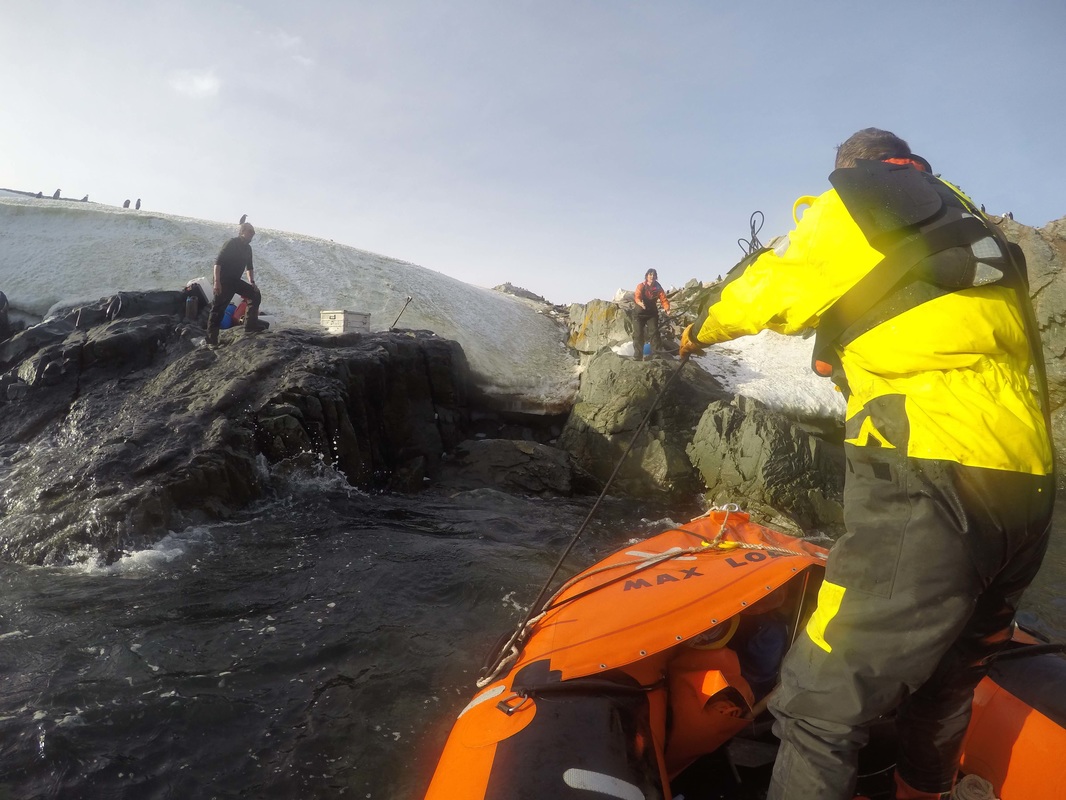
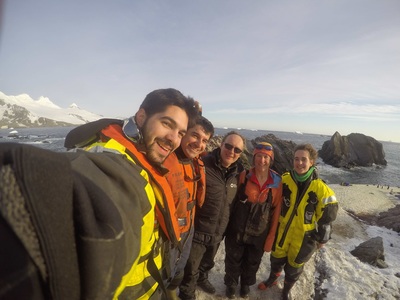
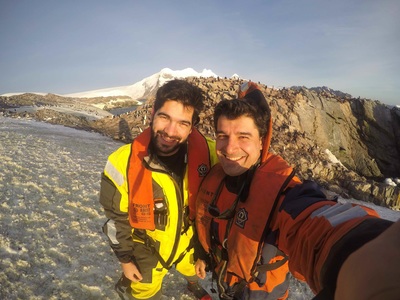
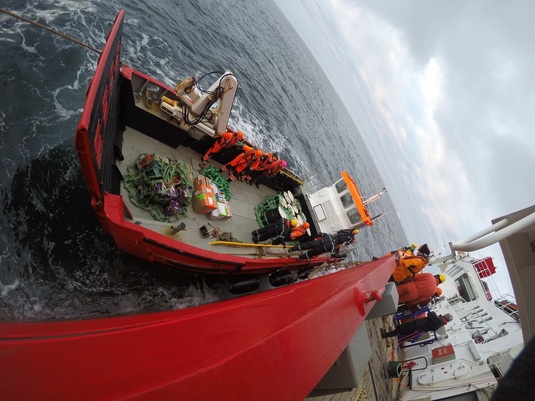
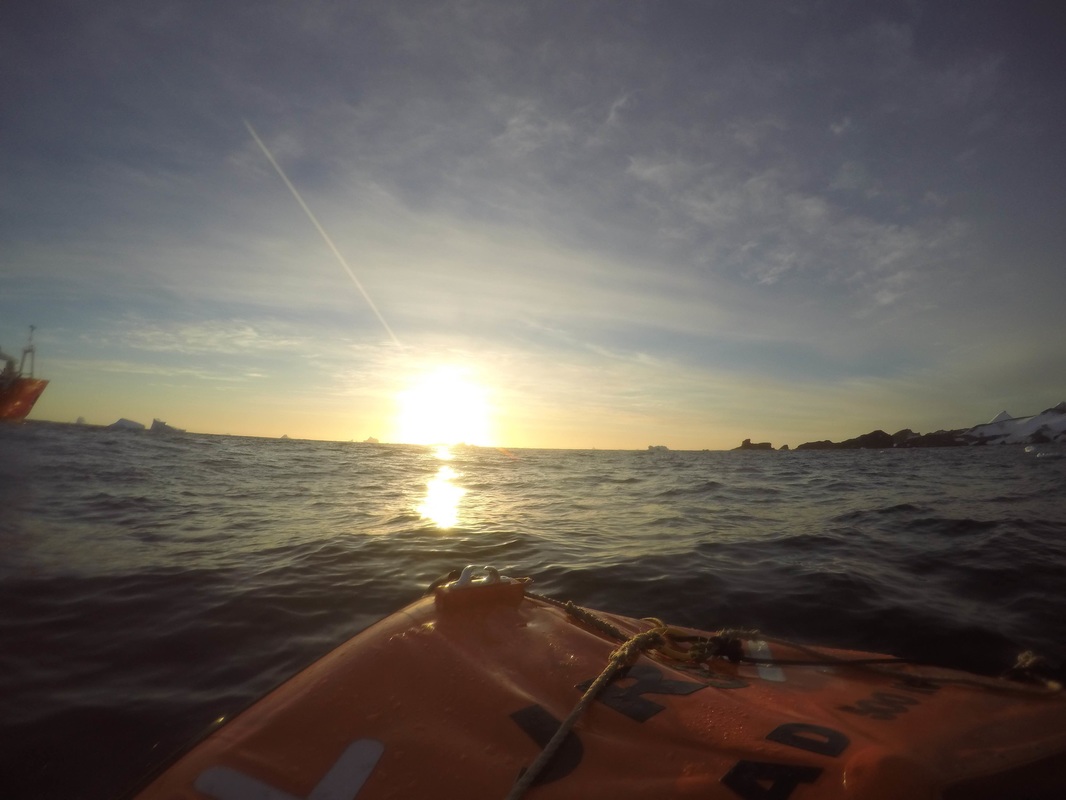
 Feed RSS
Feed RSS
